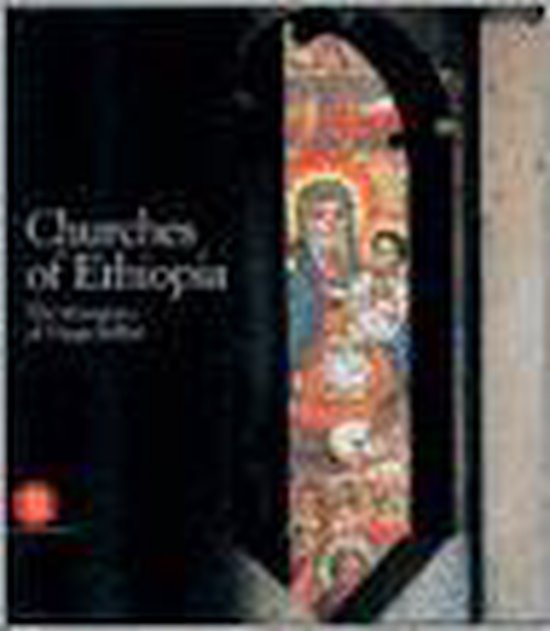Churches of Lake Tana
Architecture and Religious Painting in Ethiopia
Maak tweedehands je eerste keus
- Alle boeken zijn met de hand gecontroleerd
- 30 dagen retourgarantie
- Gratis verzending vanaf 4 boeken of 40 euro
- Op werkdagen voor 15:00 besteld, dezelfde dag verzonden
46,90

Churches of Lake Tana
Als nieuw
ISBN
9788881185290
Bindwijze
Hardcover
Taal
Engels
Auteur
Uitgeverij
Skira
Jaar van uitgifte
1999
Aantal pagina’s
240
Waar gaat het over?
Lees verder
Recensies
Eenvoudig en veilig inloggen
